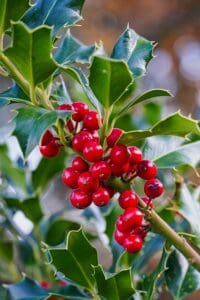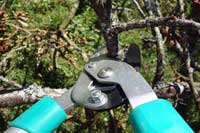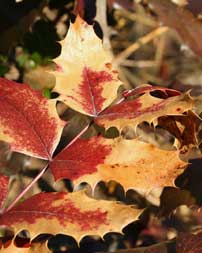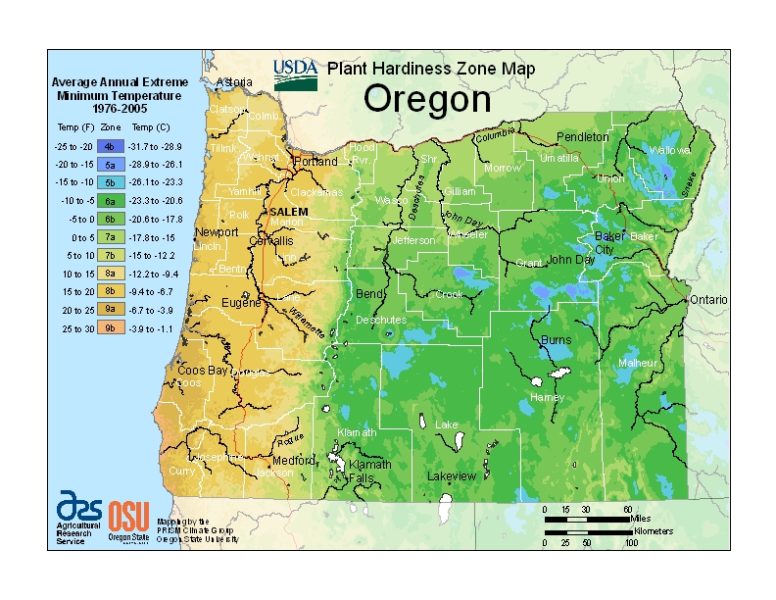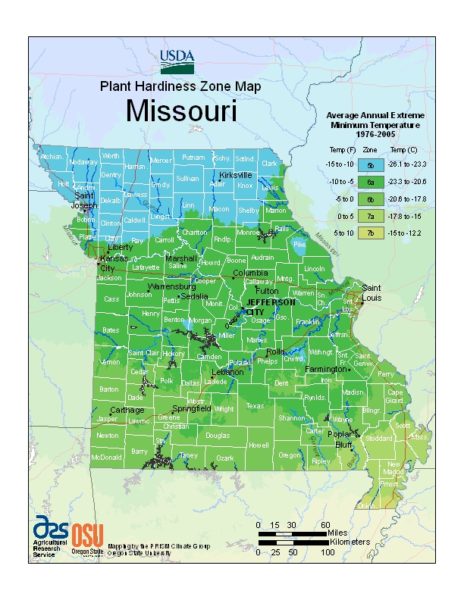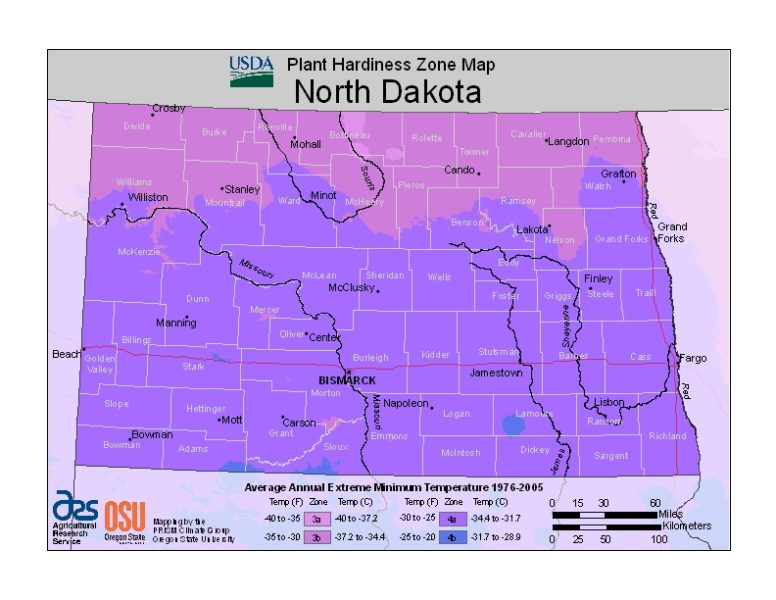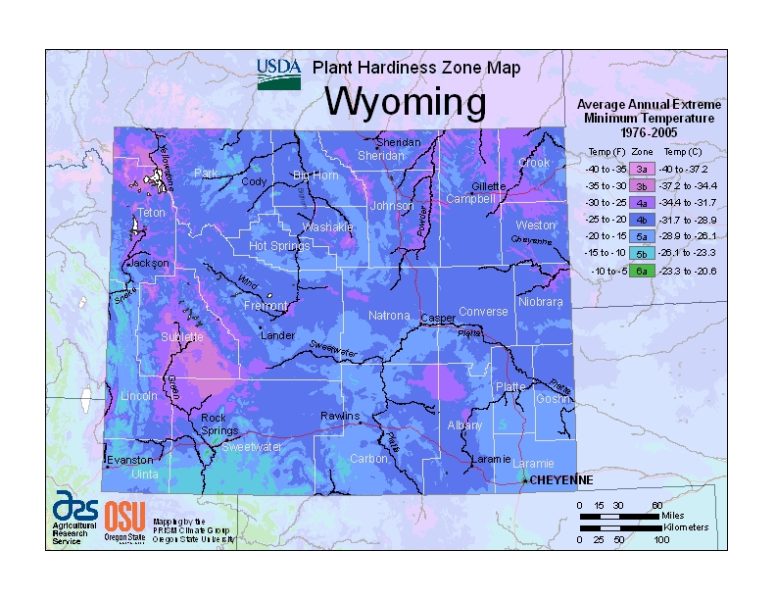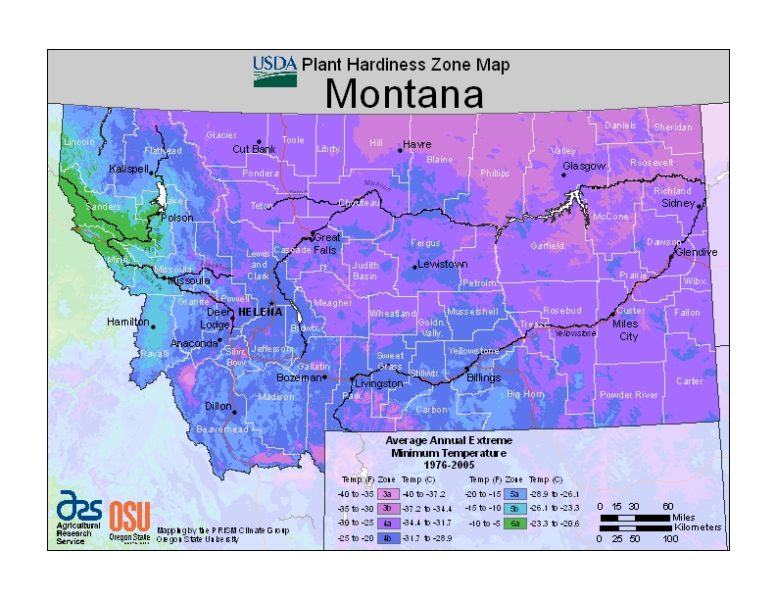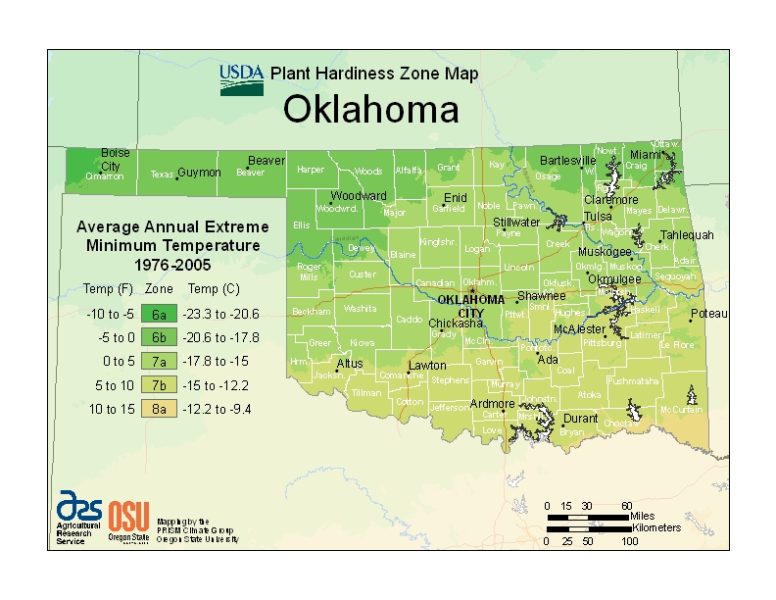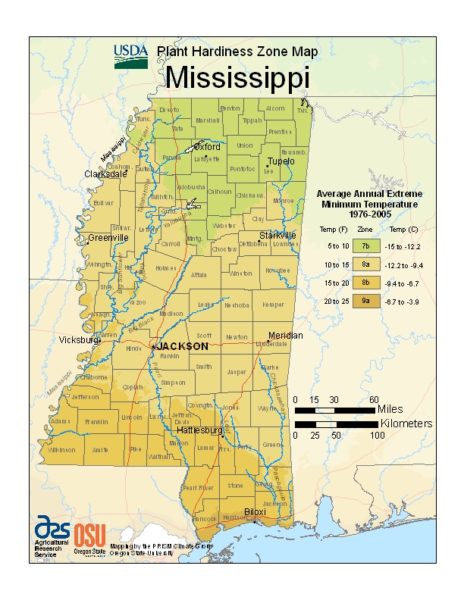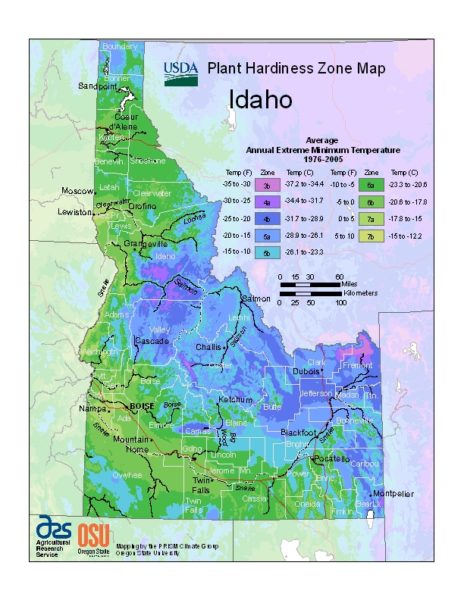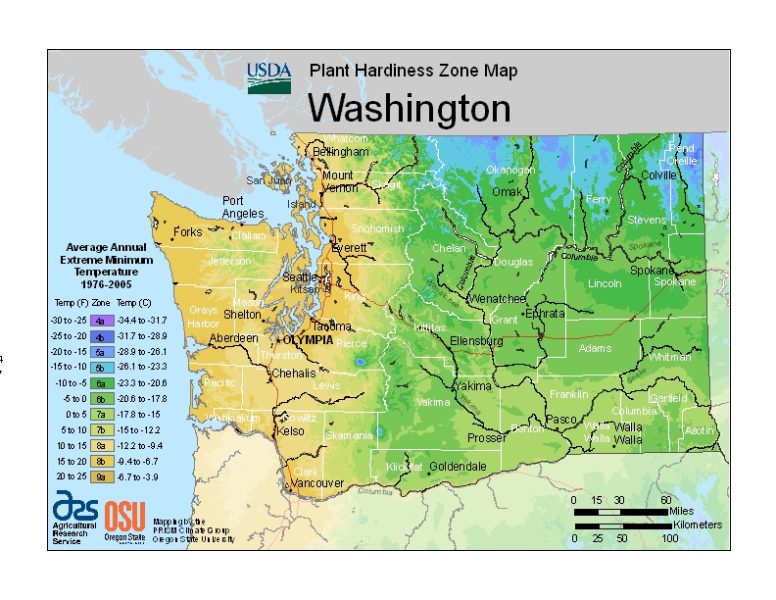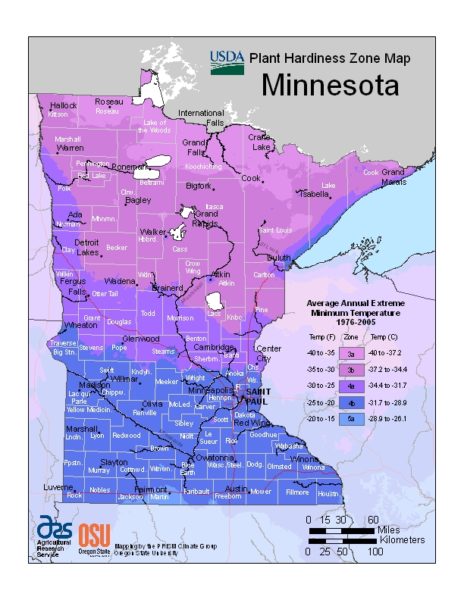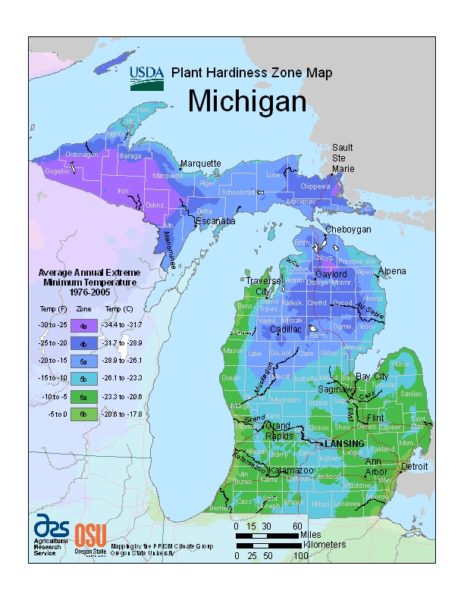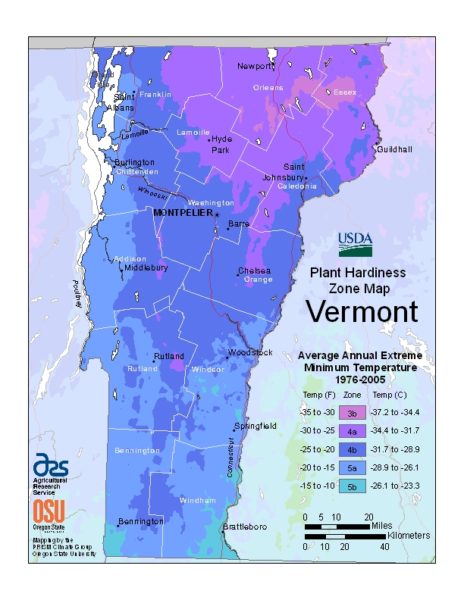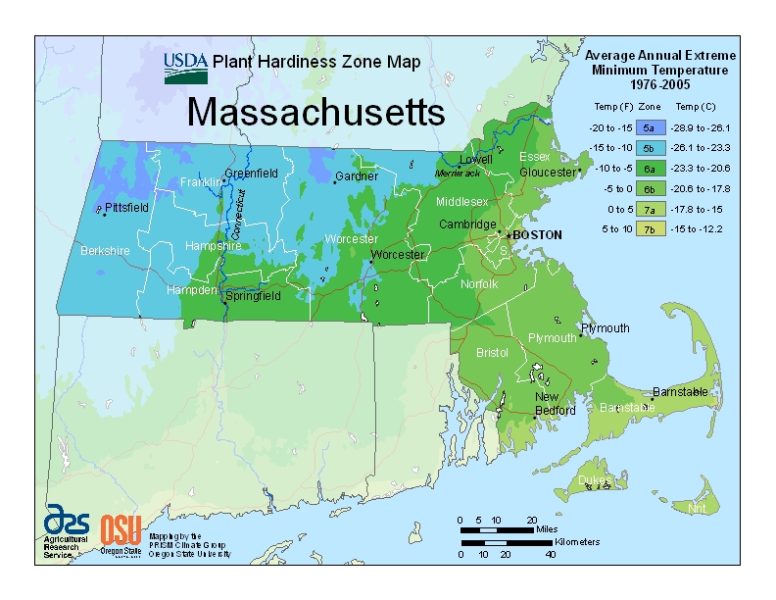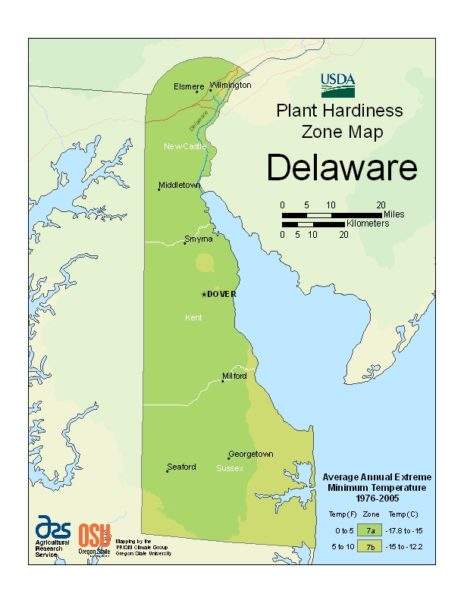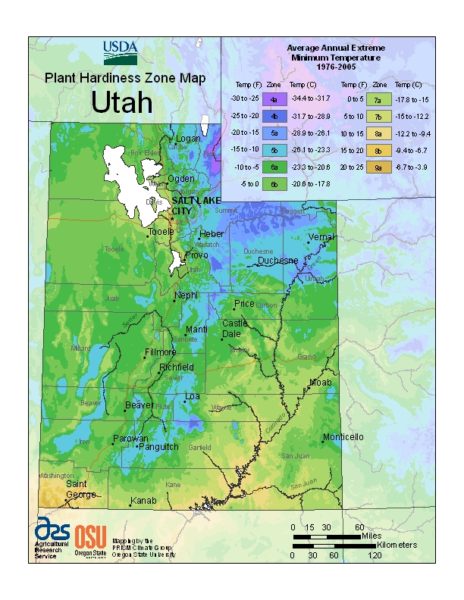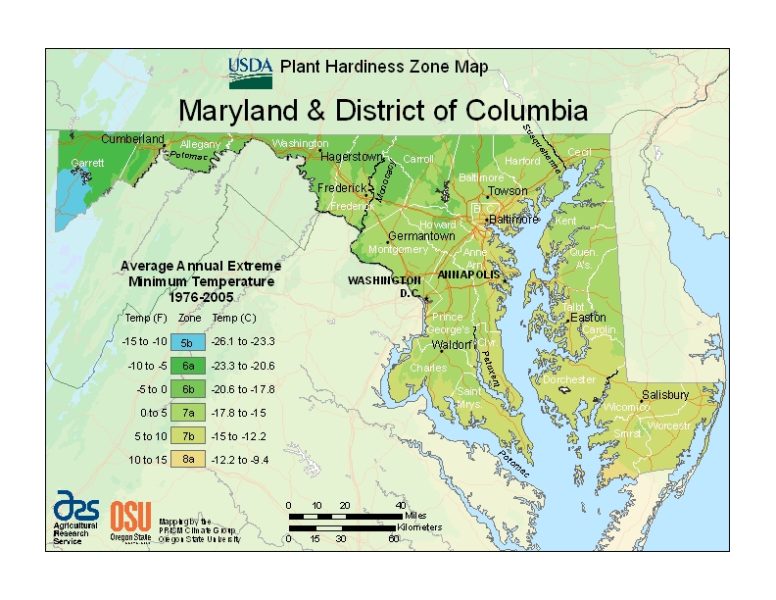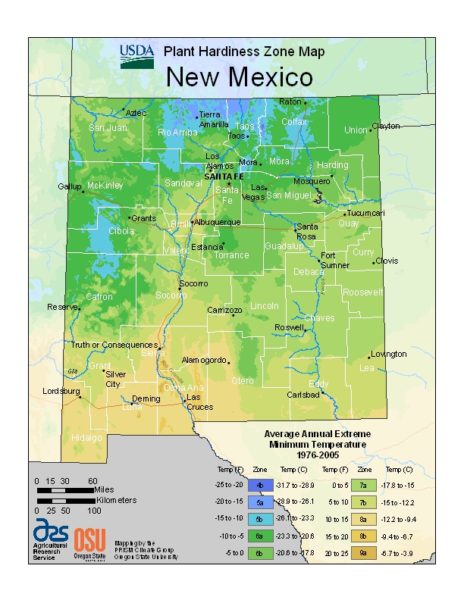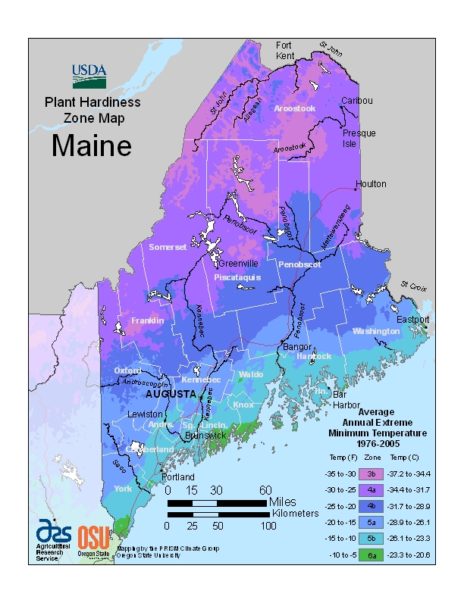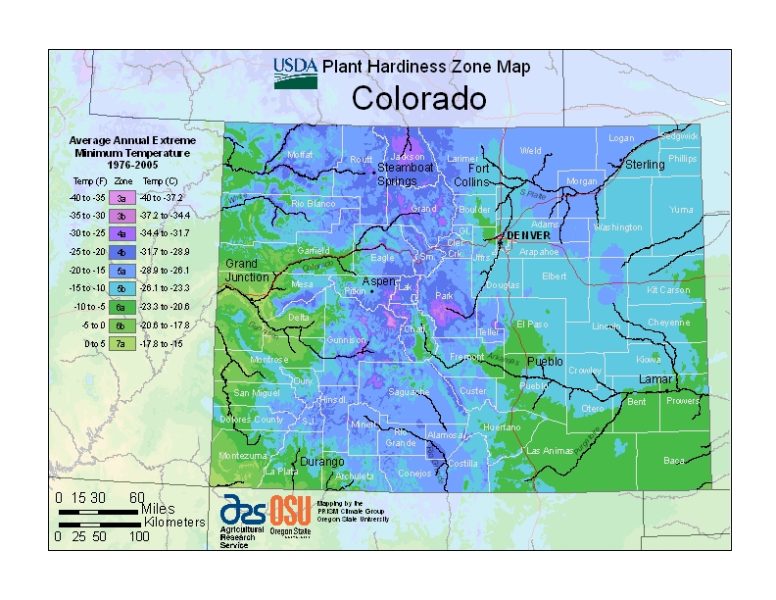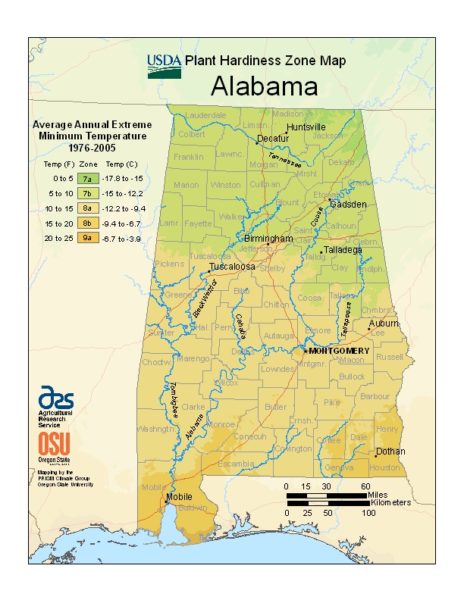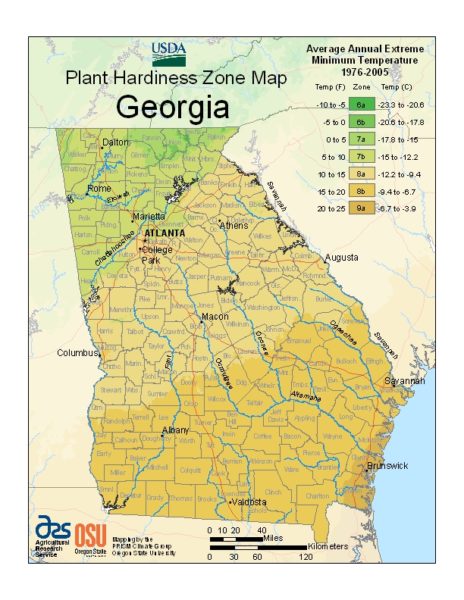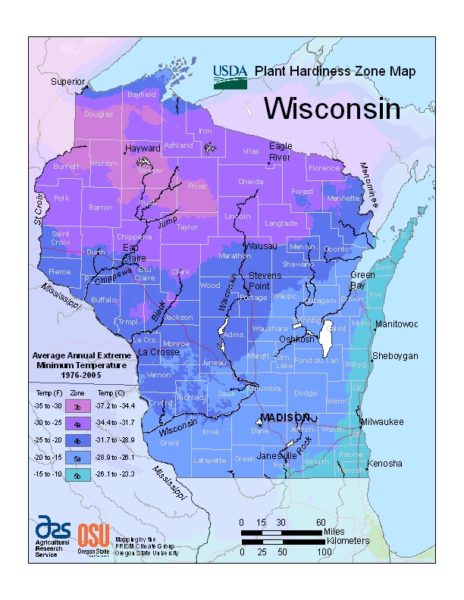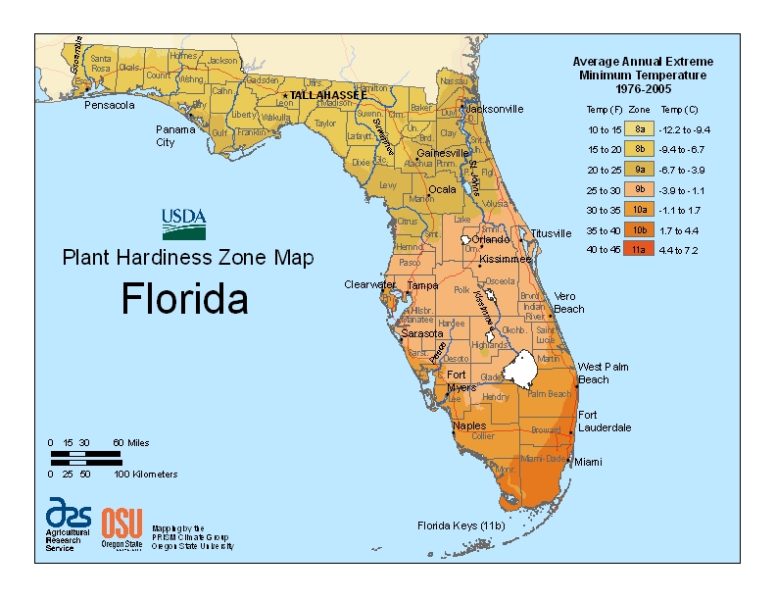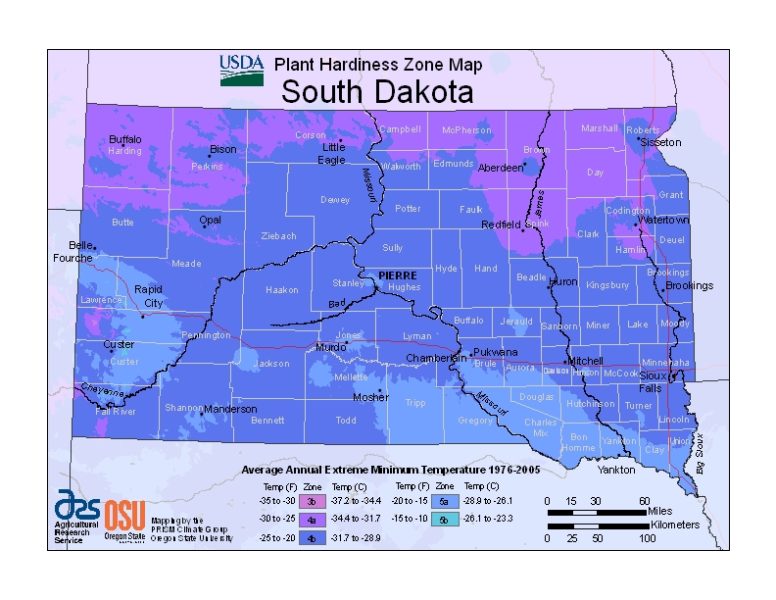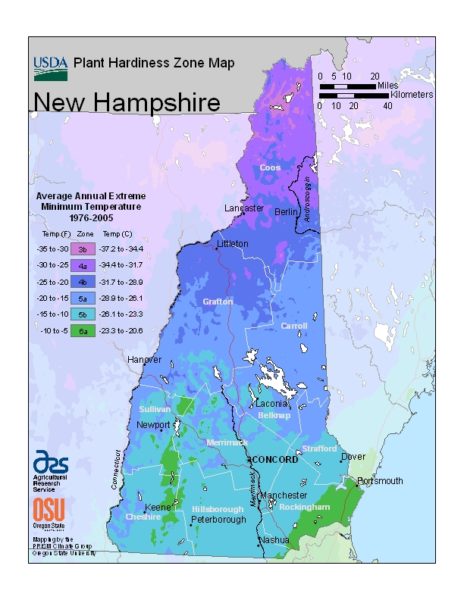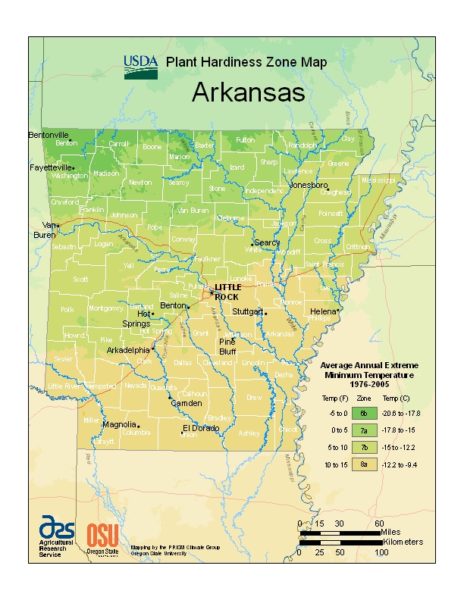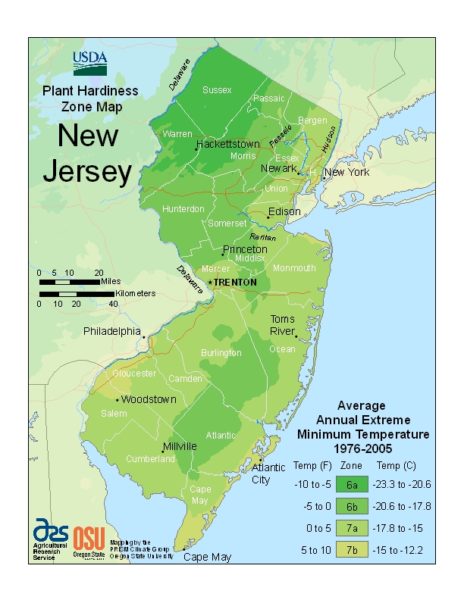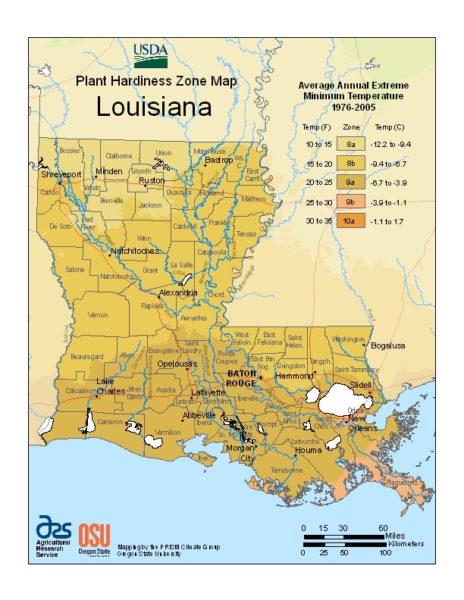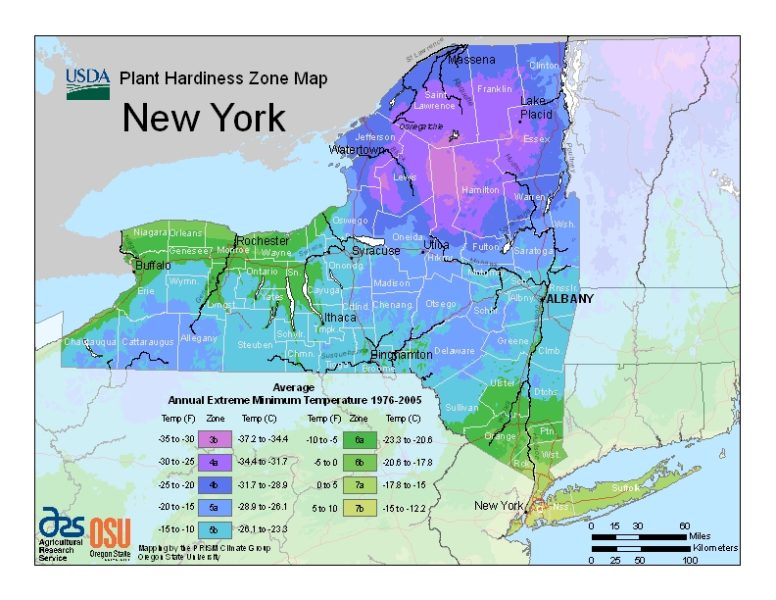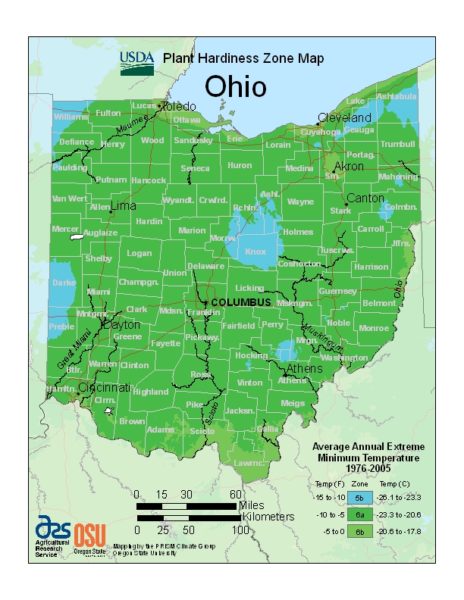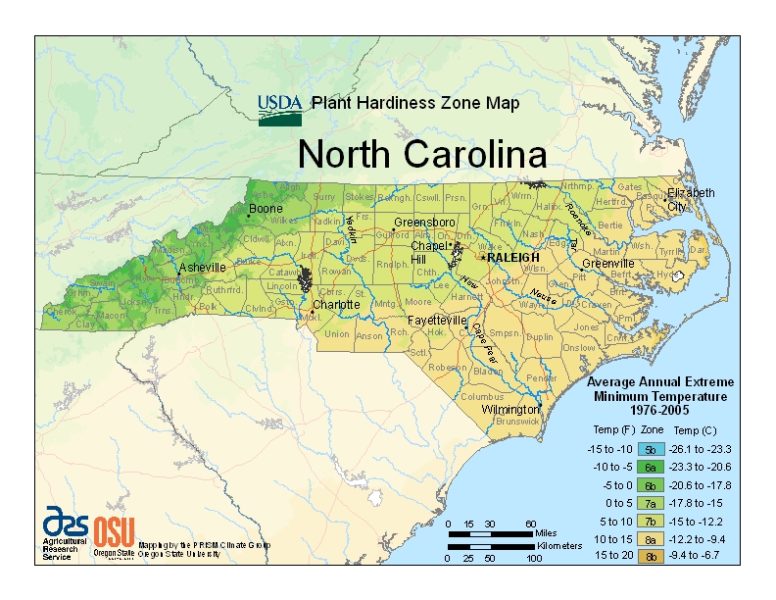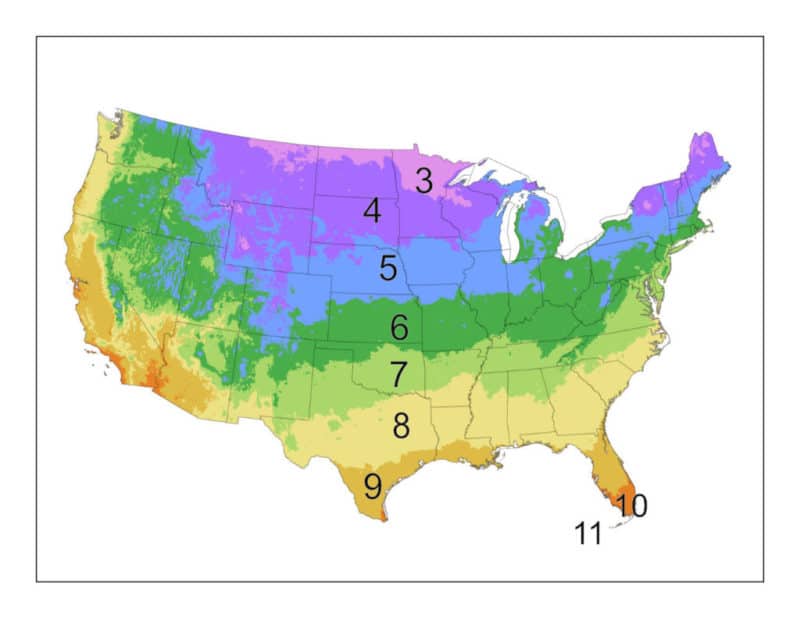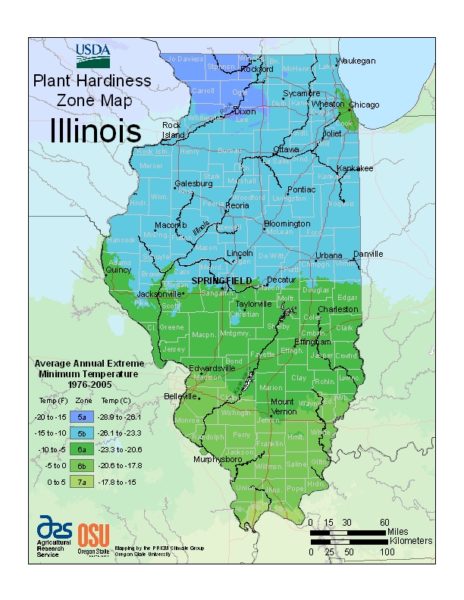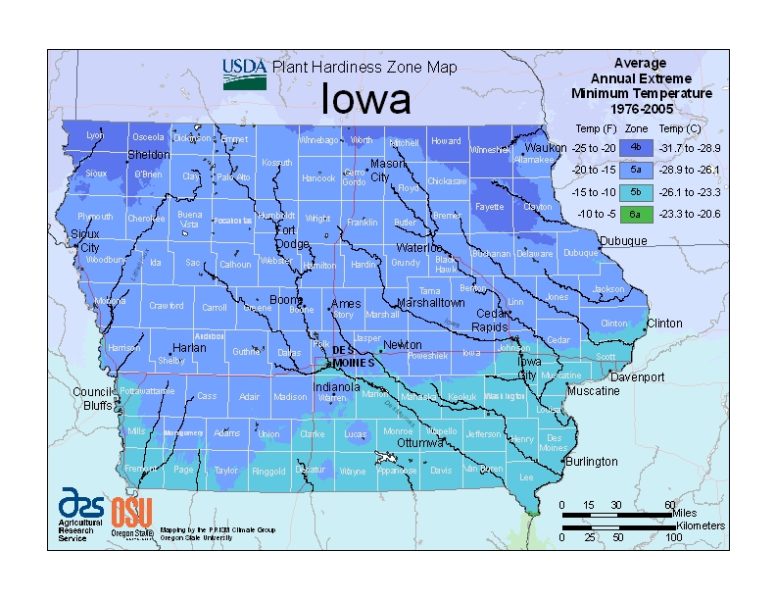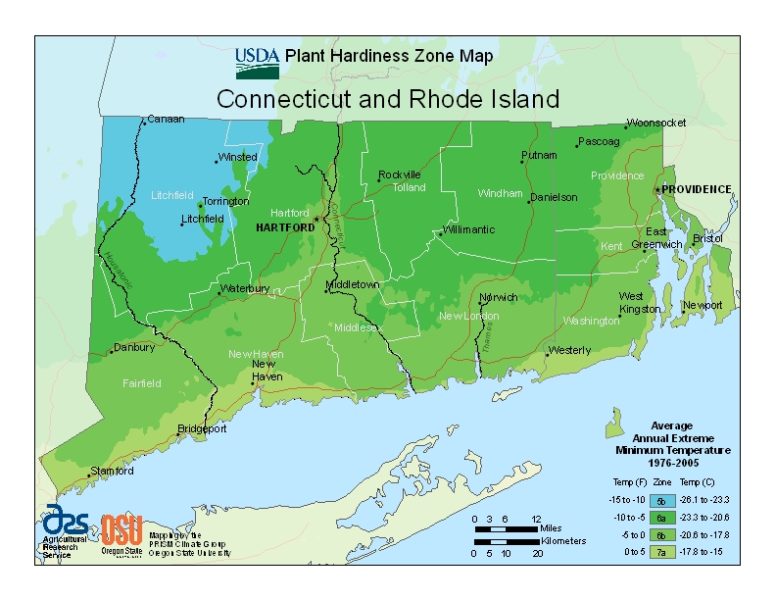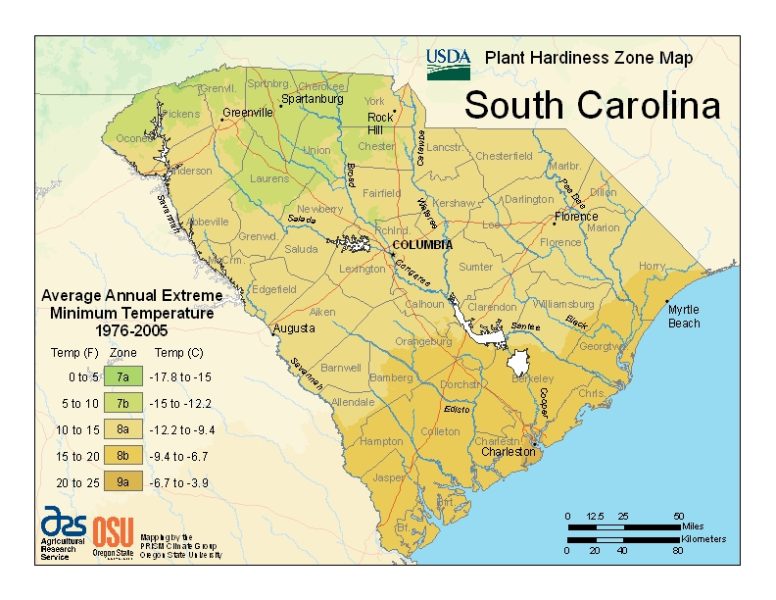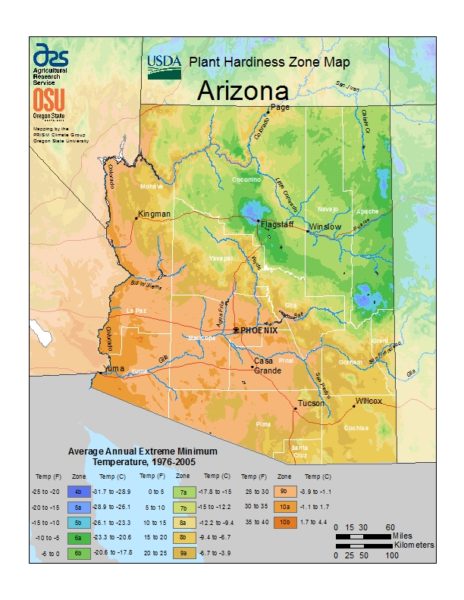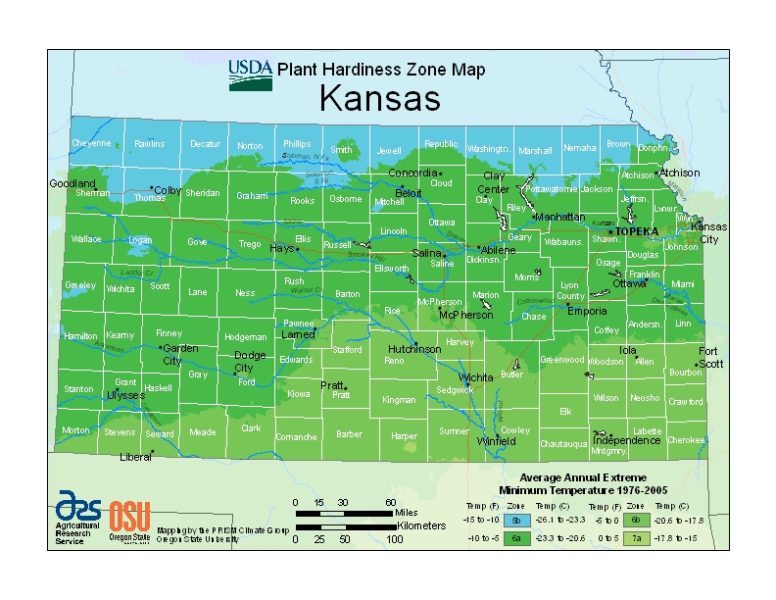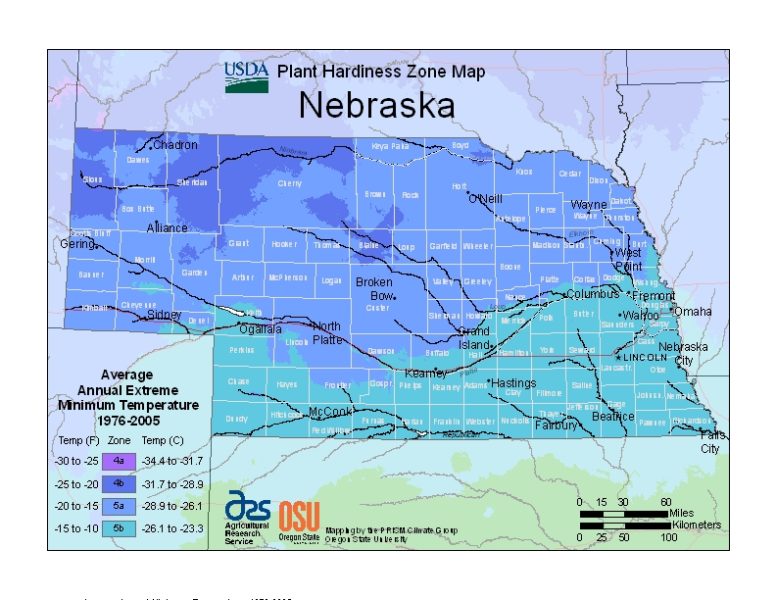
Last Updated on January 1, 2024
Pruning holly shrubs is an essential task to maintain their shape, promote healthy growth, and enhance their overall appearance. However, knowing the correct timing for pruning is crucial to ensure the best possible results. In this article, we will explore the ideal time to prune holly bushes, factors to consider, and some useful tips for successful pruning.
Introduction
Holly bushes are beloved for their glossy green leaves, vibrant berries, and ability to bring a touch of year-round beauty to gardens and landscapes. Pruning plays a vital role in shaping these shrubs, removing dead or diseased branches, and stimulating new growth. Performing pruning tasks at the right time not only aids in maintaining the shrub’s health but also helps preserve its natural beauty.
Understanding the Timing
The timing for pruning holly shrubs depends on various factors, including the specific variety, the region’s climate, and the desired outcomes. However, there are generally two primary pruning occasions: routine maintenance pruning and rejuvenation pruning. Let’s explore the best timing for both scenarios.
Routine Maintenance Pruning
Routine maintenance pruning focuses on shaping the holly bush, removing dead, damaged, or overcrowded branches, and maintaining a desired size. For routine pruning, it’s best to schedule the task during late winter or early spring, before the new growth begins. This timeframe allows holly shrubs to recover quickly and bloom beautifully for the following season.
Performing routine maintenance pruning before the shrub’s active growth period minimizes stress on the plant and prevents significant disruptions to flower and berry production. It also ensures that the shrub retains its overall shape and remains visually appealing throughout the year.
Rejuvenation Pruning
Rejuvenation pruning involves a more drastic cutting back of the holly shrub intending to revitalize an older or neglected plant. This method aims to promote new growth from the base of the shrub and eliminate any woody or unproductive branches. Rejuvenation pruning is typically performed during late winter or early spring, just before the shrub enters its active growth phase.
By pruning during this period, the holly bush has sufficient time to recover and produce new shoots that will fill in the empty spaces left after pruning. This rejuvenation process greatly improves the shrub’s health and appearance, ensuring it continues to thrive for years to come.
Factors to consider before pruning Holly bushes
While the general guideline for pruning holly shrubs suggests late winter or early spring, there are a few additional factors to consider:
Weather Conditions
Avoid pruning during extended periods of freezing temperatures, as it can cause damage to the shrub. Choose a day when the weather is mild and there is no risk of severe frost or extreme cold. Weather.com has a cool 10-day U.S. temperature map that can show you 10-day forecasted high and low temperatures.
Flowering Time
If your holly shrub produces flowers, it’s helpful to identify whether it blooms on old or new wood. If it blooms on old wood (previous year’s growth), prune immediately after flowering to avoid cutting off potential blooms for the next season.
Growth Rate
Consider the growth rate of your specific holly shrub variety. If the shrub is known for slower growth, lighter pruning or the removal of dead/diseased branches may be more appropriate to prevent excessive stress.
Personal Preference
Ultimately, the timing of pruning may also depend on personal preference and the specific goals you have for your holly shrub. However, it’s generally recommended to follow the suggested windows provided to ensure optimal results.
Holly Bush Pruning Tips
- To achieve successful pruning and maintain the health and beauty of your holly shrubs, here are some helpful tips:
- Use sharp and clean pruning tools to ensure smooth cuts and minimize the risk of disease transmission.
- Start by removing any dead, damaged, or diseased branches, and cutting them back to healthy wood.
- Maintain the natural shape and symmetry of the shrub by selectively pruning branches that disrupt its overall appearance.
- Make sure to step back periodically and evaluate the shrub’s form as you prune, ensuring you achieve the desired aesthetic outcome.
- Avoid over-pruning, especially if your holly shrub has a slower growth rate. Prune conservatively to maintain its vigor and prevent unnecessary stress.
- Dispose of pruned materials properly to prevent the spread of pests or diseases. Bag the clippings and dispose of them in accordance with your local guidelines.
Conclusion
Pruning holly bushes is best done during late winter or early spring, typically before the start of the active growing season. This timing allows for better recovery, minimizes stress on the shrub, and ensures optimal growth, flowering, and berry production. By considering factors such as weather conditions, flowering time, growth rate, and personal preference, you can determine the ideal time for pruning your holly shrubs. Remember to follow proper pruning techniques and use the correct tools to maintain the shrub’s health, shape, and overall beauty. With proper pruning care, your holly shrubs will continue to thrive and enchant your landscape for years to come.
Frequently Asked Questions
Can I prune holly shrubs during the summer or fall?
It is generally not recommended to prune holly shrubs during the summer or fall, as these seasons coincide with their active growth and flowering periods. Pruning during this time may disrupt the shrub's natural process and compromise flower and berry production.
Is it necessary to prune holly shrubs every year?
Routine maintenance pruning is beneficial for holly shrubs to maintain their shape, remove dead or damaged branches, and promote healthy growth. While not necessary every year, periodic pruning every 2-3 years is generally a good practice to ensure the shrub's health and aesthetics.
How much of the holly shrub can I prune at once?
To avoid excessive stress on the holly shrub, it is generally advisable not to remove more than one-third of the total growth volume during a single pruning session. Pruning conservatively allows the shrub to recover more effectively and maintain its vitality.
Can I use the pruned branches of holly shrubs for decoration?
Yes, the pruned branches of holly shrubs can be used for decorative purposes, especially during the holiday season. The glossy green leaves and vibrant berries add a festive touch to wreaths, garlands, and other arrangements.
View the best prices on the most popular holly shrubs for sale online from our top-rated online nurseries!
- What is the Difference Between Evergreen and Deciduous trees and Shrubs? - April 16, 2024
- Why You Should Never Add Stones in the Bottom of Your Flower Pot - March 24, 2024
- Unique Mahonia Evergreen Brings the First Scent of Spring - March 11, 2024

